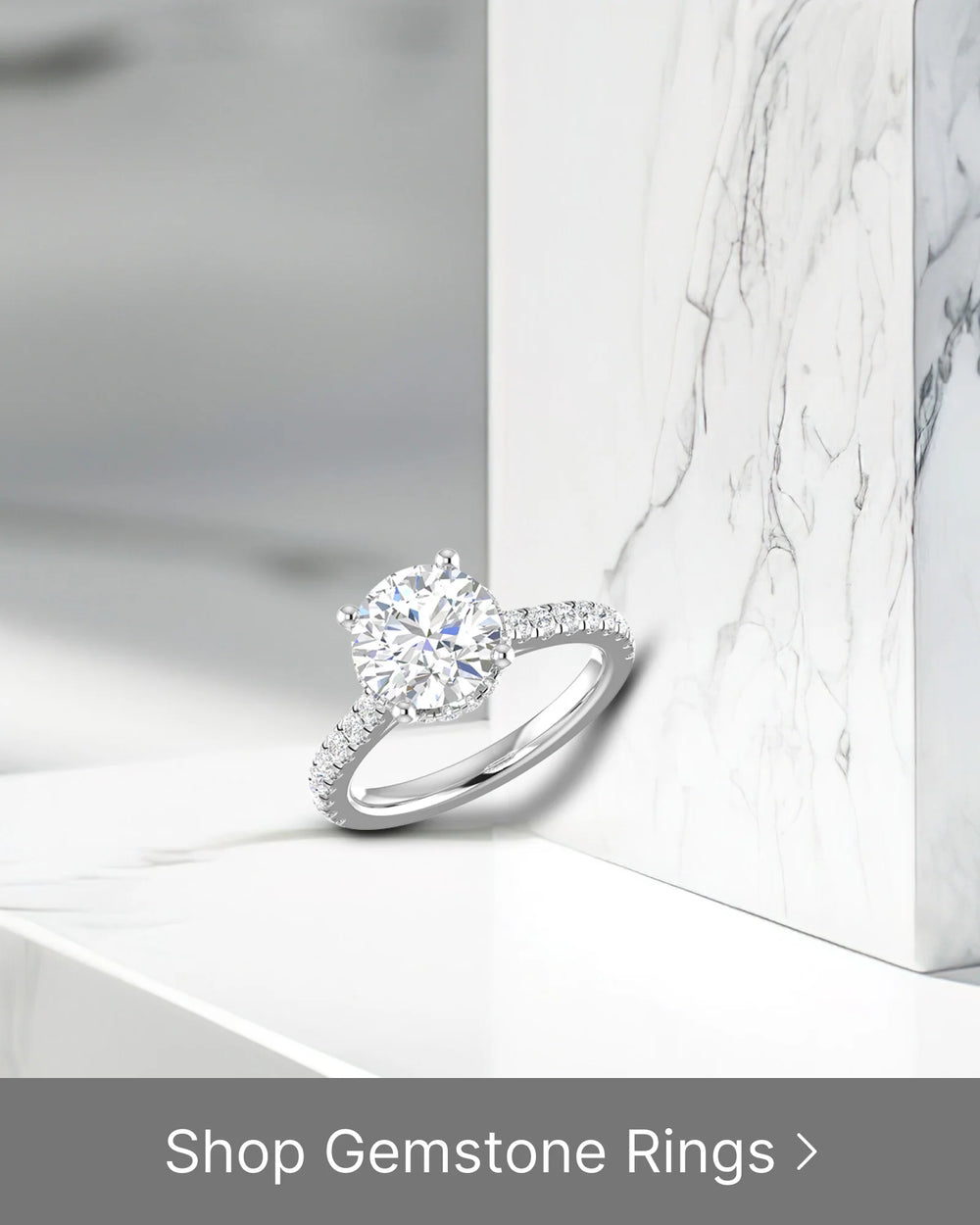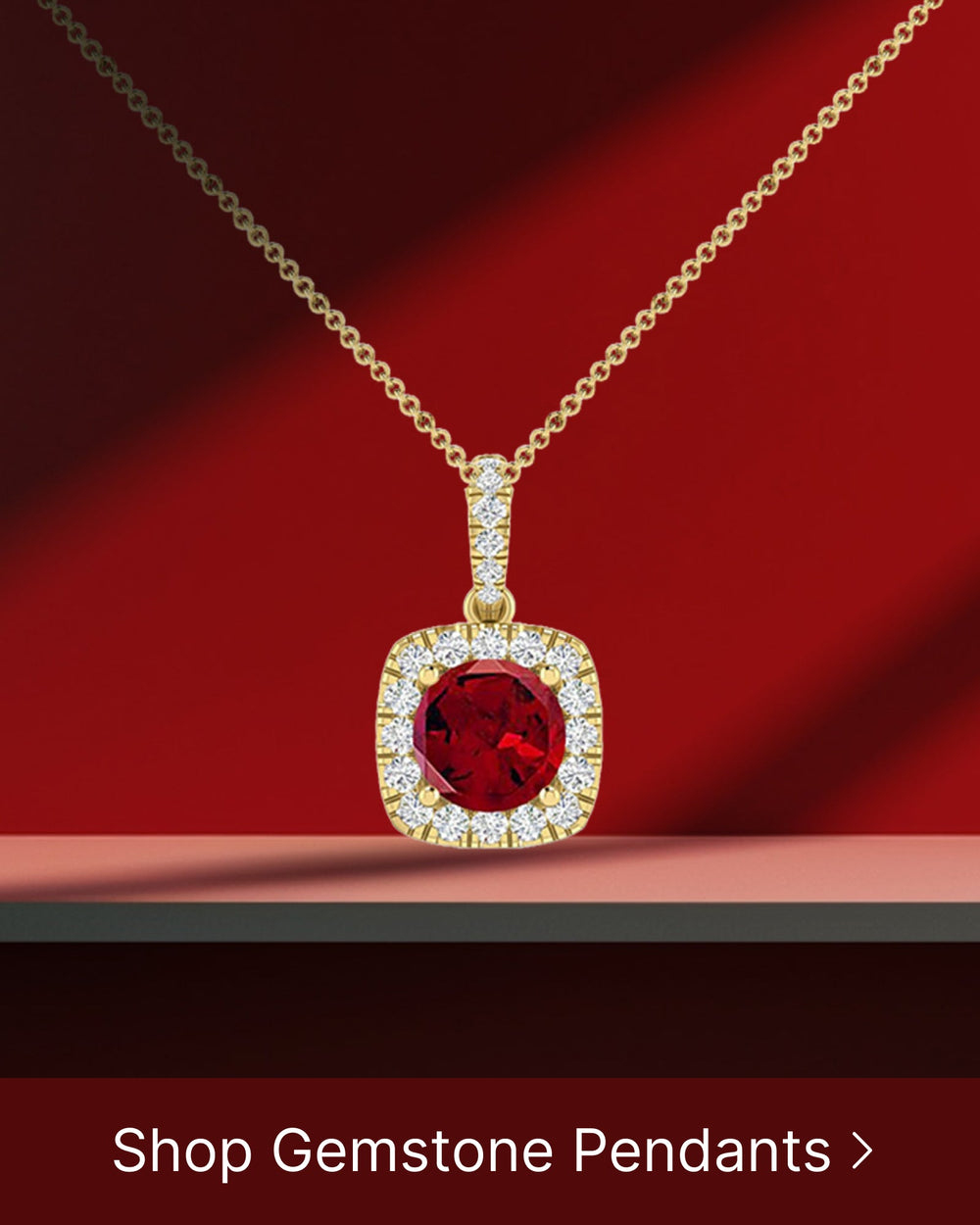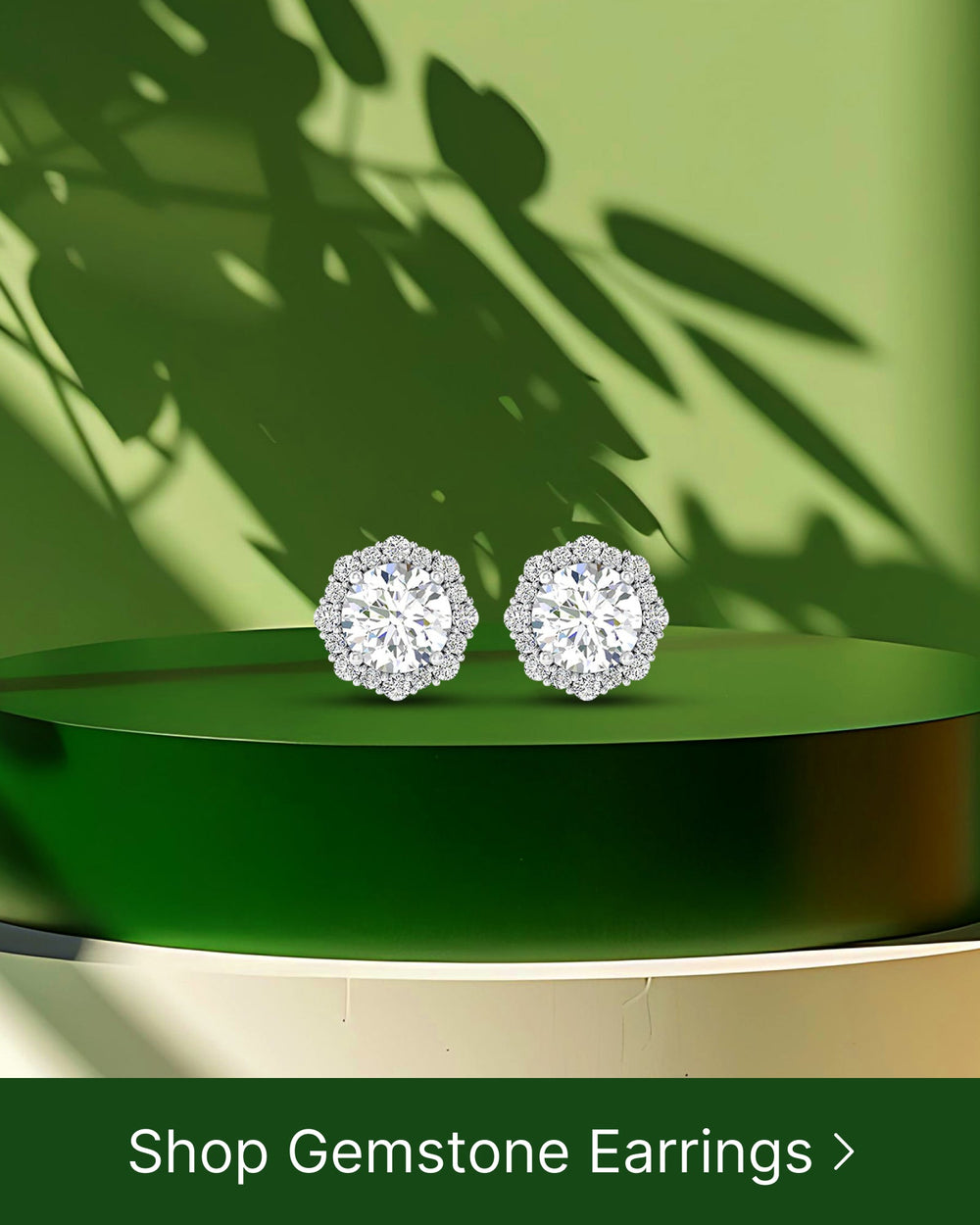Understanding Jewelry Settings
When it comes to choosing the right setting for your jewelry, it's important to understand the different options available. The setting not only determines how your gemstones are securely held in place but also greatly affects the overall appearance of your jewelry piece.
There are various types of jewelry settings, each with its own unique characteristics and benefits. Some popular settings include prong, bezel, pave, channel, and tension settings. Each setting offers a different level of security, aesthetic appeal, and practicality, allowing you to find the perfect fit for your specific needs and preferences.
The Basics of Jewelry Settings
Before we delve into the specifics of the pave and prong settings, let's first understand the basics of jewelry settings. In simple terms, a setting refers to the metal structure that holds the gemstones or diamonds in place. It not only secures the stones but also showcases their beauty by allowing light to enter and reflect off the facets.
Prong settings are one of the most common and traditional types of settings. They consist of metal claws or prongs that grip the gemstone securely, allowing maximum exposure to light and enhancing its brilliance. Prong settings are versatile and can be used with various gemstone shapes, including round, princess, and oval.
On the other hand, bezel settings offer a more contemporary and sleek look. In this setting, a metal rim surrounds the gemstone, holding it securely in place. Bezel settings provide excellent protection for the gemstone, as the metal completely encircles the stone, minimizing the risk of it getting damaged or falling out.
When choosing a setting, you should consider the type of jewelry, the type and size of gemstones or diamonds, your lifestyle, and your budget. For example, if you lead an active lifestyle or work with your hands, a bezel or tension setting may be more suitable as they offer better protection and security for your gemstones.
Importance of Choosing the Right Setting
The right setting can make or break the look of your jewelry piece. It not only enhances the beauty of the gemstones but also ensures their safety. Whether you're designing an engagement ring, a necklace, or a pair of earrings, the setting plays a crucial role in both the aesthetics and functionality of the jewelry.
Additionally, the choice of setting can also reflect your personal style and preferences. If you prefer a classic and timeless look, a prong setting with a solitaire gemstone might be the perfect choice. On the other hand, if you prefer a more modern and sleek design, a bezel or tension setting can provide a contemporary touch.
Furthermore, the setting can also affect the perceived size of the gemstone. A well-chosen setting can create an illusion of a larger stone, enhancing its visual impact. For example, a pave setting, where small gemstones are set closely together, can give the illusion of a continuous sparkle and make the center stone appear larger.
Ultimately, the choice of jewelry setting is a personal one, influenced by your style, preferences, and the specific piece of jewelry you are designing. By understanding the basics of different settings and considering your individual needs, you can make an informed decision that will result in a stunning and secure jewelry piece.
Introduction to Pave Setting
Pave setting, also known as bead setting, is a popular choice for those looking to achieve a glamorous and dazzling look. This technique involves setting multiple small gemstones closely together, creating a "paved" appearance.
When it comes to jewelry, pave setting is a true showstopper. The intricate arrangement of tiny gemstones creates a stunning visual effect that is hard to ignore. Whether it's a ring, earrings, or a bracelet, pave setting adds a touch of elegance and sophistication to any piece.
But what exactly is pave setting and how does it work?
What is Pave Setting?
In a pave setting, small gemstones are placed close together and held in place with tiny metal beads or prongs. This creates the illusion of a continuous surface of diamonds or gemstones, as the metal is barely visible. The word "pave" itself comes from the French word "pavé," which means "paved" or "cobblestone."
Each gemstone in a pave setting is carefully set into the metal, creating a seamless and dazzling display. The stones are typically set in a way that maximizes their brilliance and allows light to pass through, enhancing their sparkle.
Pave settings are commonly used on rings, earrings, and bracelets to add a touch of sparkle and elegance. They can be used to accentuate a center stone or create a continuous band of brilliance around the entire piece.
Now that we understand the basics of pave setting, let's explore the pros and cons of this popular setting technique.
Pros and Cons of Pave Setting
One of the main advantages of a pave setting is the exquisite brilliance it offers, as multiple small stones reflect light individually, creating a mesmerizing effect. The closely set gemstones create a continuous surface of sparkle, giving the illusion of a larger, more impressive piece of jewelry.
Additionally, a pave setting allows for a larger display of gemstones at a lower cost compared to larger stones. By using smaller stones, jewelers can create intricate designs and cover a larger surface area, resulting in a more affordable yet equally stunning piece of jewelry.
However, it's essential to consider the maintenance required for a pave setting. With multiple tiny stones, there is a higher risk of them becoming loose or falling out over time. Regular cleaning and professional checks are necessary to ensure the security and longevity of a pave-set piece.
Despite the maintenance involved, the allure of pave setting remains strong. Its ability to transform a piece of jewelry into a dazzling work of art is unmatched. Whether you're looking for a statement ring or a pair of earrings that catch the light with every movement, pave setting is sure to deliver the glamour and elegance you desire.
Introduction to Prong Setting
Prong setting, also known as claw setting, is a classic and versatile choice that showcases the beauty and brilliance of larger gemstones. This setting involves using metal prongs to hold the gemstones securely in place.
What is Prong Setting?
In a prong setting, metal claws or prongs are shaped and bent over the gemstone's edges, securing it in place. This allows maximum light to enter the stones, enhancing their brilliance and sparkle. Prong settings are widely used for engagement rings, solitaire pendants, and statement earrings.
Pros and Cons of Prong Setting
One of the main advantages of a prong setting is the excellent visibility it provides for the gemstone. The minimal metal presence allows for maximum light exposure, resulting in a dazzling and eye-catching display. Additionally, prong settings offer better protection for larger gemstones, keeping them securely in place.
However, prong settings may be less suitable for everyday wear, as the exposed gemstone is more susceptible to wear and tear. While prong settings are generally more straightforward to clean and maintain compared to pave settings, they may require occasional prong tightening to ensure the stone's security.
Comparing Pave and Prong Settings
Now that we've explored the characteristics of pave and prong settings individually, let's compare them side by side to help you make an informed decision for your jewelry piece.
Aesthetic Differences Between Pave and Prong
The aesthetic differences between pave and prong settings are quite significant. Pave settings create a continuous sparkle and a luxurious appearance due to the numerous closely set stones. On the other hand, prong settings highlight the individual gemstone, allowing for maximum light exposure and emphasizing its natural beauty.
Durability: Pave vs Prong
In terms of durability, prong settings generally offer better protection for gemstones, especially larger ones. The metal claws securely hold the stones, reducing the risk of damage or loss. In contrast, pave settings, with their multiple small stones, may require more careful handling and regular maintenance to ensure they remain intact over time.
Factors to Consider When Choosing Between Pave and Prong
When deciding between a pave and a prong setting, consider your lifestyle and specific requirements to make the best choice for your jewelry piece.
Lifestyle and Jewelry Setting
If you lead an active lifestyle or regularly engage in activities that may expose your jewelry to potential impact or wear, a prong setting may be more suitable. The secure metal claws offer added protection for the gemstone. Pave settings, on the other hand, are ideal for special occasions or when you want to add a touch of glamour to your jewelry ensemble.
Budget Considerations for Pave and Prong Settings
When it comes to budget considerations, pave settings often offer a more affordable option compared to larger gemstones used in prong settings. However, the cost also depends on the quality, size, and type of gemstones you choose.
Ultimately, the choice between a pave and a prong setting depends on your personal style preferences, desired level of brilliance, and the practicality you seek in your jewelry piece.
Whether you opt for the dazzling allure of a pave setting or the timeless elegance of a prong setting, it's important to choose a reputable jeweler who can guide you and ensure that your jewelry is expertly crafted and of the highest quality. So, go ahead and make your jewelry piece shine with the perfect setting!







